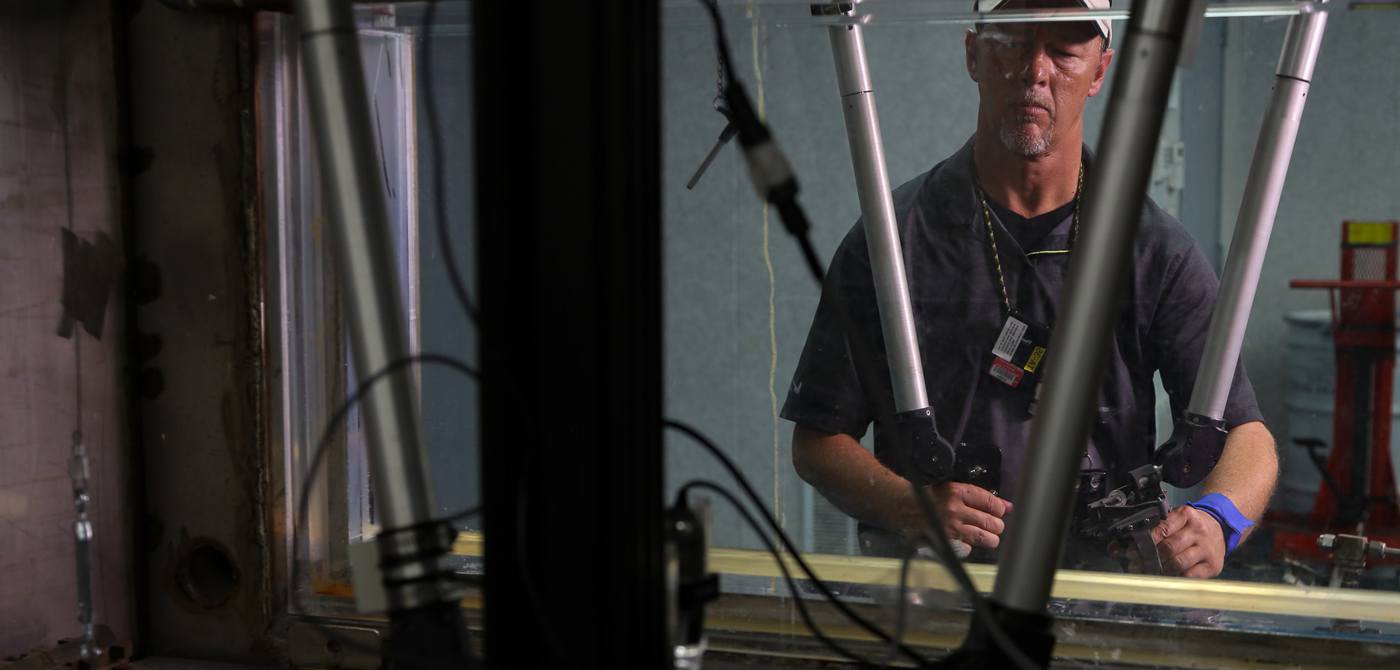EOD Scenario
Can you provide input for my EOD master board scenario?
Generally speaking our program might be able to provide technical assistance with your scenario, but would not visit the site nor receive the source(s) for disposal.
OSRP is an organization sponsored by the National Nuclear Security Administration (NNSA)'s Office of Radiological Security (ORS, NA-21) to assist licensed source owners with proper disposition. Emergency response is not part of our DOE/NNSA sponsored mission, and we do not deploy as such. OSRP also does not accept depleted uranium. Any assistance we can provide would depend on the item, location, and permission from our sponsor NNSA to assist.
OSRP also does not keep track of entities that may be able to assist with receipt, storage, or disposition of orphan sources around the world. The International Atomic Energy Agency may be a possible resource for initiating such assistance.
For most EOD scenarios, the general recommendation would be to check for contamination on and around the source and confirm/identify the material contained within. Take photos and gather any relevant documentation from the source location that might provide source information. Then if the situation warrants it, secure the source in a container with adequate shielding, and return it to the rightful owner, or manufacturer, or transport to a secure U.S. base of operation that has a radioactive materials license and radiation safety program able to handle/store that type of material. If needed, those commands should be contacting their RPM at RASO for guidance.
If there is no identifying paperwork or there are no source markings or other identifying features on the device or source holder, and gamma spectroscopy is inconclusive, then you could call upon OSRP technical expertise in helping identify the unknown source by providing photos and description(s). Our experts may be able to identify the item based on our field experiences or find information in our source/device information library to aid in identification of an unknown item; but no guarantee.
Depending on what the found item turns out to be, once at a state-side military base, OSRP could potentially take ownership of U.S.-origin special nuclear material (SNM) or U.S.-origin transuranic sources for disposal with permission from NA-21 and a contract with full funding. For other common non-transuranic radioisotopes such as cesium, cobalt, iridium, radium, or strontium--if these are at low levels (<130Ci) they can be commercially disposable. Common outlets may include: Return to the manufacturer, Transfer to another permitted/licensed command, Dispose of as low-level waste, transfer to a RADIAC calibration lab, or contact your RPM for other options. The Navy RADIAC Calibration lab (along with commercial rad waste brokers) could perhaps assist in this process as well.
For reference, a list of other common outlets for radioactive material, including DU can be found here.
And a list of U.S. brokers is available here.
In order to determine the type of packaging needed for any legal transport of radioactive material, the contents must be identified such that the radioisotope and activity are reasonably assured. Lower hazard material may be shippable in a Type A container, higher hazards require Type B container, and fissile material would require either Type A or B with Fissile Material authorization. The packaging plan, marking, labeling, shipping papers, and transportation requirements all depend on what the hazardous material is identified to be and regulations for the jurisdictions involved.
If your scenario requires a dose rate estimation, you may find the following online calculators from Rad Pro Calculator helpful:
For additional scenario inquiries, please email: EODScenario@lanl.gov. Please do not call, since staff are often out of the office.
A good aid for identifying unknown radioactive sources and devices is IAEA Nuclear Security Series Technical Guidance Reference Manual


